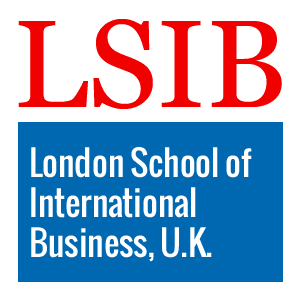Global Certificate Course in Climate Monitoring Technologies
Published on June 28, 2025
About this Podcast
HOST: Welcome to our podcast, today I'm thrilled to have Dr. Jane Smith with us, an expert in climate monitoring technologies. She's here to talk about an exciting new course she's teaching, the Global Certificate Course in Climate Monitoring Technologies. Welcome, Dr. Smith! GUEST: Thanks for having me! I'm looking forward to discussing this important topic. HOST: Great! To start, can you share a bit about your personal experiences and insights related to this course topic? GUEST: Of course. I've spent over 15 years working in the field of climate science, and I've seen firsthand how crucial it is to have a solid understanding of climate monitoring technologies. This course combines my passion for the subject with my expertise in teaching. HOST: That's fantastic. Now, what current industry trends do you think are most relevant to this course? GUEST: There are two key trends: the increasing importance of data analysis and visualization, and the growing use of remote sensing technologies. Both are covered extensively in the course. HOST: Interesting. Are there any challenges faced in the field or while teaching this subject that you'd like to highlight? GUEST: Yes, staying up-to-date with rapidly evolving technologies can be challenging. However, we've designed the course to be flexible, allowing us to incorporate new developments as they emerge. HOST: That's a great approach. Now, looking to the future, what do you see as the biggest opportunities or challenges in this area? GUEST: The biggest opportunity lies in using these technologies to inform climate policy and promote sustainable development. The challenge is ensuring that the data we collect is accurate, accessible, and understandable to a wide range of stakeholders. HOST: Well said. As we wrap up, can you tell our listeners how this course can enhance their career prospects? GUEST: Absolutely. This course provides practical, hands-on training in essential climate monitoring technologies, making it an ideal way to gain a competitive edge in the job market. Plus, earning a globally recognized certificate can open up new opportunities in environmental science, policy, and related fields. HOST: Thank you, Dr. Smith, for sharing your insights and experience with us today. We're confident that this course will empower many to become leaders in climate action. GUEST: My pleasure! I encourage anyone interested in climate monitoring technologies to explore the course details and register. Together, we can make a difference in addressing climate change.
